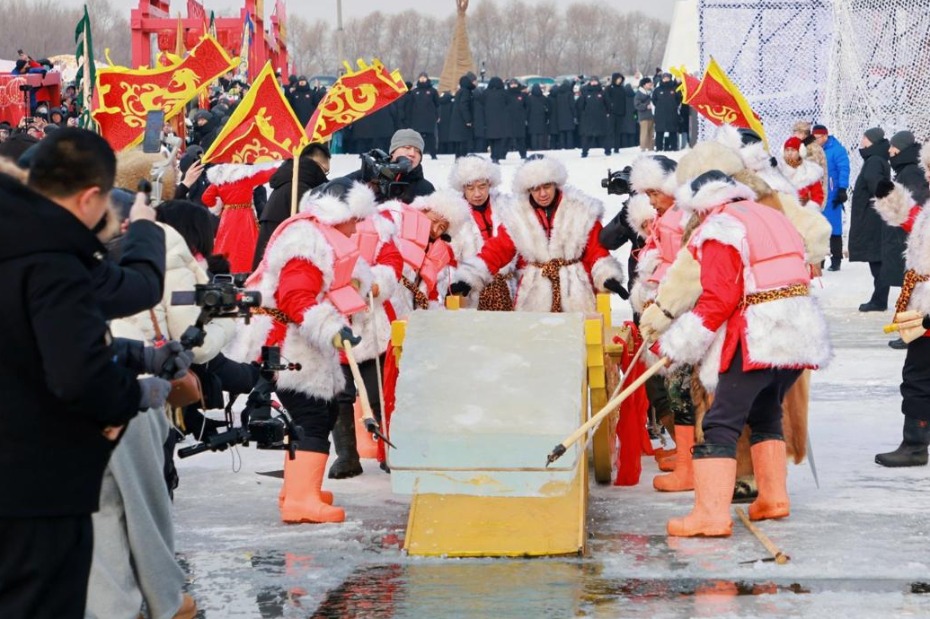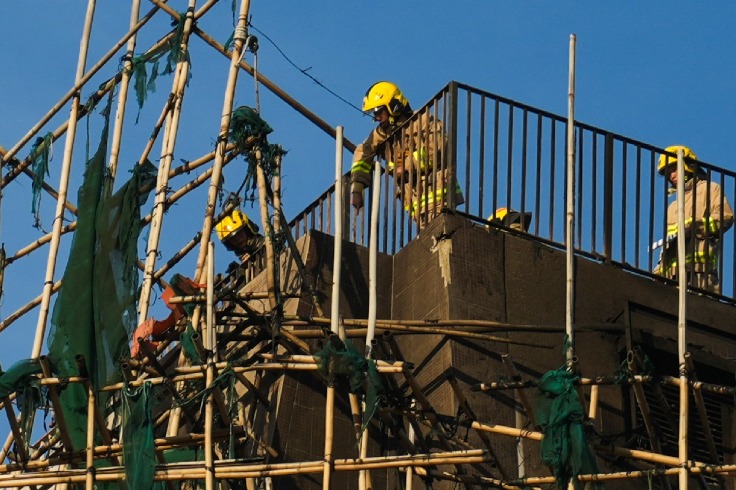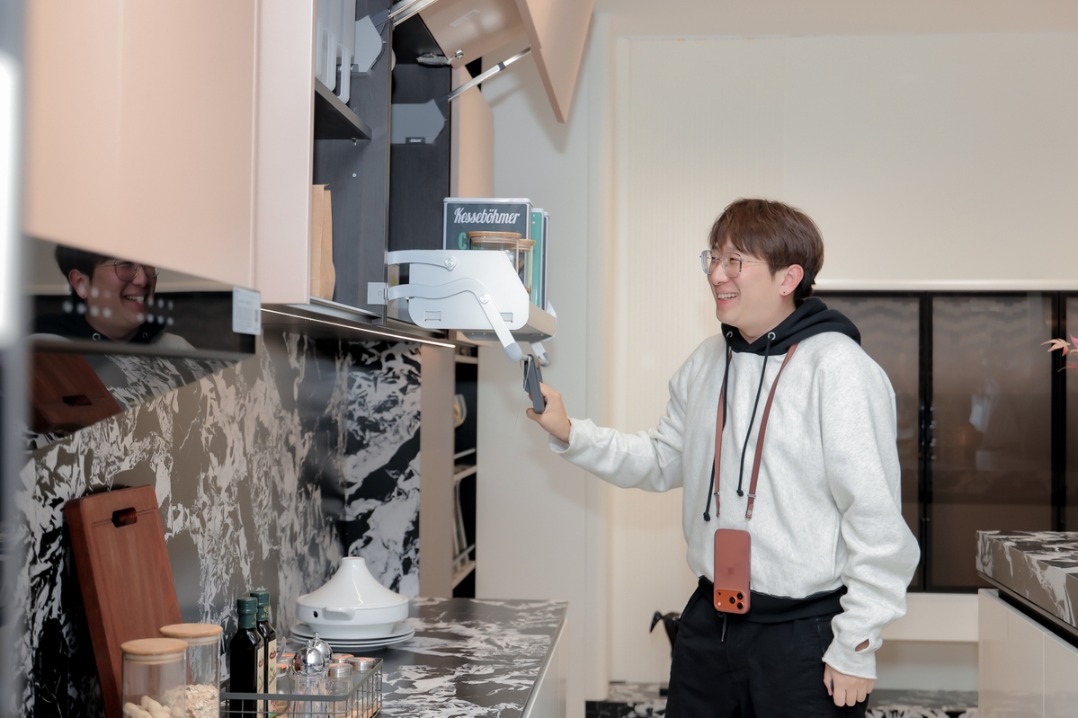Makeshift hospitals point the way
World follows example of temporary facilities, which were Wuhan's 'life vessels' at peak of outbreak

Useful insights
Since there are no known effective drugs for COVID-19, An and other doctors treated the patients with symptom-relieving therapies. In the event patients' conditions deteriorated, they would be transferred to designated hospitals for more intensive treatment, she said.
Wang, president of the Chinese Academy of Medical Sciences, said China's experience in epidemic control by building such temporary hospitals may provide useful insights for some other countries that are experiencing rapid increases in the number of patients.
In addition, authorities in China and other countries can consider formulating design standards for buildings such as major exhibition centers, stadiums and warehouses, so they can be converted into temporary hospitals within 24 hours in case of an emergency, Wang said.
"The massive use of temporary hospitals is of marked significance in China's medical rescue history," said Ma, the National Health Commission minister. "It also provides a new mode for us to cope with major public health emergencies to swiftly organize and expand medical resources."
- Defense ministry launches its official account on X
- Former national political advisor expelled from CPC, public office
- China completes wireless heavy-haul train trial
- Hong Kong's Legislative Council election held successfully
- Court outlines boundaries in property service disputes
- Former sports minister sentenced to suspended death for bribery




































